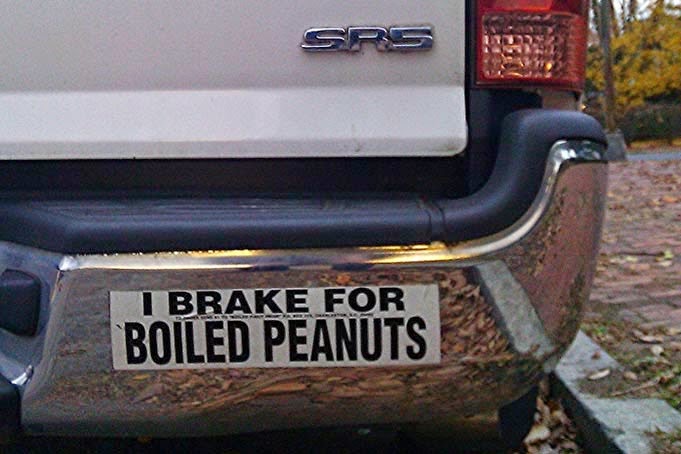Like me, a lot of you were surprised to learn that sliced bread didn't exist until just a few years before we were born.
That got me to thinking how difficult it must have been to spread peanut butter on hand sliced bread.
A little research turned up some pretty interesting facts. It seems that before sliced bread, peanut butter was mainly spread on crackers. After having been a hit during the 1904 World's Fair, peanut better became an "elegant food" served in Manhattan tea rooms usually paired with pimento cheese, celery and watercress piled on crackers.
Peanut butter sandwiches became very popular during the depression mainly because it was so cheap,
nutritious and good as well as the fact that the new fangled invention sliced bread had been introduced.
 |
But how, and when, was jelly added to make what many people consider to be the world's most perfect sandwich?
Apparently it was World War 2 that brought it to us. Peanut butter, bread and jelly was on the US Military's ration list and the soldiers discovered it was a great combination. So, as with their taste for Pizza they discovered in Italy, they introduced it to the civilian population when they got home.
- There are five cities in the U.S. named Peanut: Peanut, California; Lower Peanut, Pennsylvania; Upper Peanut, Pennsylvania; Peanut, Pennsylvania, and Peanut West Virginia.
- Rumor says that there’s enough mental stimulation in one peanut to produce 30 minutes of serious thinking. That may or may not be true, but peanuts are a good source of protein and the B vitamins, nutrients that help prevent “brain fatigue”
- There are over 700 known phobias. Archibutyrophobia (pronounced A’-ra-kid-bu-ti-ro-pho-bi-a) is the fear of getting peanut butter stuck to the roof of your mouth.
- It takes about 540 peanuts to make a 12-ounce jar of
peanut butter .
I detest calling a peanut butter and jelly a PB and J almost as much as I hate the word "veggies."
-Ed


No comments:
Post a Comment